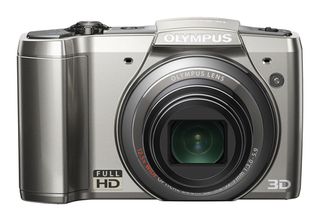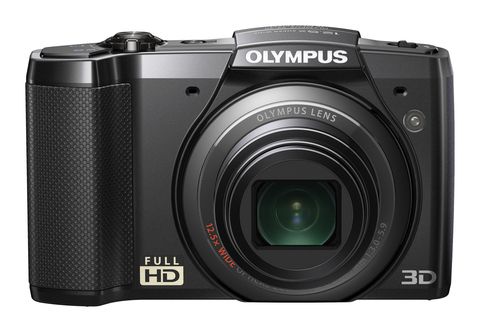Why you can trust TechRadar
On the whole, and taking into consideration its relatively avoidable price tag – the SZ-20 does a stellar job of metering and correctly exposing throughout the range of shooting modes with only a few exceptions.
When shooting in the Panorama mode we found it was best to wait for even light to flood the vista before recording to ensure a well-exposed result, as shooting in changing or strong light upset the meter and the images produced (or parts of the image) were often grossly over or underexposed. That said shooting in auto, Program and the majority of scene modes provided strong results illustrating correct colour values, strong definition of detail and well exposed scenes. As mentioned colour values were particularly impressive, with the camera's white balance turning in a strong performance.

Photographing scenes exhibiting a higher level of contrast failed to produce evidence of purple fringing and certainly nothing worse than its rivals offer. Chromatic aberrations and vignetting also failed to be an issue and on the whole the compact's image stabilisation performed adequately well. The AF system refused to throw up any major problems, however in macro mode photographers need to be at least 10cm from their subject which may disappoint those intent on photographing insects and the like.
Details and colour representation remain unadulterated through the sensitivity scale up to ISO 400, and at this level only the subtlest of tale-tell noise signs begin to factor into the scene. At ISO 800 edges become only slightly less defined with details gently softening, and at ISO 1600 we see a graduated extension of the problem. That said the image quality at this level is arguably still usable and in a sense is a great deal more attractive than that produced by many of its peers. At ISO 3200 details are considerably more blurred, however we are greatly impressed to note that the images aren't plagued with coloured pixels and that the colour values remain strong and lifelike.
Current page: Olympus SZ-20 Review: Performance
Prev Page Olympus SZ-20 Review: Build and handling Next Page Olympus SZ-20 Review: Image quality and resolution
